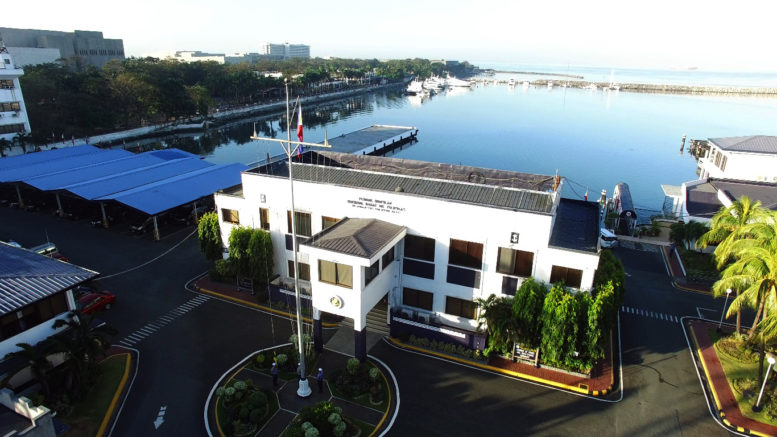IS THIS HOW IT ALL STARTED?

IS THIS HOW IT WILL END?
The latest Base Conversion Development Authority (BCDA) website advertises the sale of Fort Abad:

A BIT OF HISTORY. More than five centuries ago, in 1584, the Spanish Armada established “Fuerte de San Antonio Abad” in Manila way ahead of Fort San Felipe (1609) in Cavite, to protect the seat of government. It enabled a small fleet of conquistadores to extend its reach and take control of an archipelago of over 7,000 islands. Considering its strategic location in the siege of Manila, the British Navy briefly occupied Fort Abad in 1762. In the next century that followed, the Americans took over in 1898 and preserved this vital naval installation.
After World War II, the very young Off Shore Patrol put up its Headquarters in Fort Abad. The Manila Naval Station (MNS) was its main support unit. In the mid 60’s when the plan to establish the Central Bank of the Philippines at the MNS area was made, the adjacent area—where the Cultural Center of the Philippines up to the Folk Arts Theatre now stands– was allocated as the MNS relocation site. Alas, the relocation site had to give way to culture and arts, thus, the support units were instead transferred to Bonifacio Naval Station. As testament to its historical significance, the stonewalled portion of Fort Abad, which has survived the British, American and Japanese attacks, has been preserved as the BSP Museum.
LEGISLATIVE-EXECUTIVE BASES CONVERSION COUNCIL (LEBC):
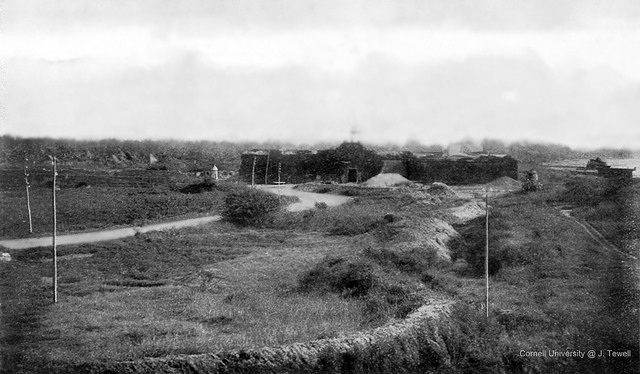
Fuerte de San Antonio Abad, early 19th century. Photo Credit: J. Tewell, Cornell University
In 1991, in anticipation of the termination of the U.S. military bases agreement, President Corazon Aquino approved “Magkasanib Resolusyon Blg. 1” on 1-August-1989 creating the LEBC. This Council was chaired by UP President Jose V. Abueva with scholars from the academe, diplomats, security experts, members of the cabinet and legislators as members. A technical team and over 20 private consulting firms supported LEBC. 7 US military facilities were the primary subject of the LEBC study.
On 24-October-1990, LEBC submitted its report, which included a sub-program composed of 13 AFP camps and installations. The 4 objectives of the sub-program are: 1) national security, 2) financial returns, 3) equity, and 4) environmental protection. Of these, national security is of outmost importance and cannot be compromised.
The national security consideration objective dictated the retention of areas for the Presidential Security Group and the Presidential Airlift Command and Camp Aguinaldo as the AFP Central Headquarters and site for the Department of National Defense. This meant that all the headquarters of the major services would be transferred to Camp Aguinaldo.
Thus, Fort Abad, the site of HQ Philippine Navy, which the LEBC had wrongly described to have an area of only 0.60-hectare, was identified for privatization.
The existing naval station southeast of the Cubi Naval Air Station in Subic was identified as Navy units relocation site. However, the volcanic eruption of Mount Pinatubo on 15-June-1991 halted negotiations and hastened the departure of the Americans off Philippine bases.
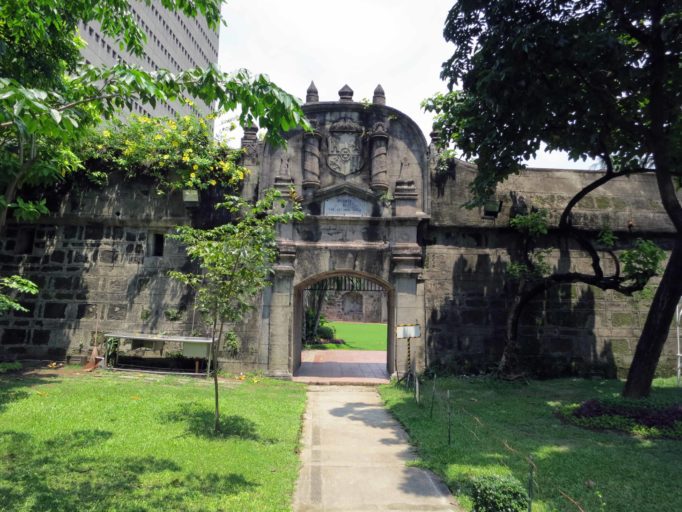
Fort Abad at BSP. Photo Credit: Eugene A. Villar
RA 7227. The LEBC report became the basis of RA 7227 BCDA Law, which was passed in 1992. Thus, the 13 AFP military camps defined for privatization in the LEBC report were all included in the law. However, the law did not include and define the relocation sites in the national security objective of the LEBC report.
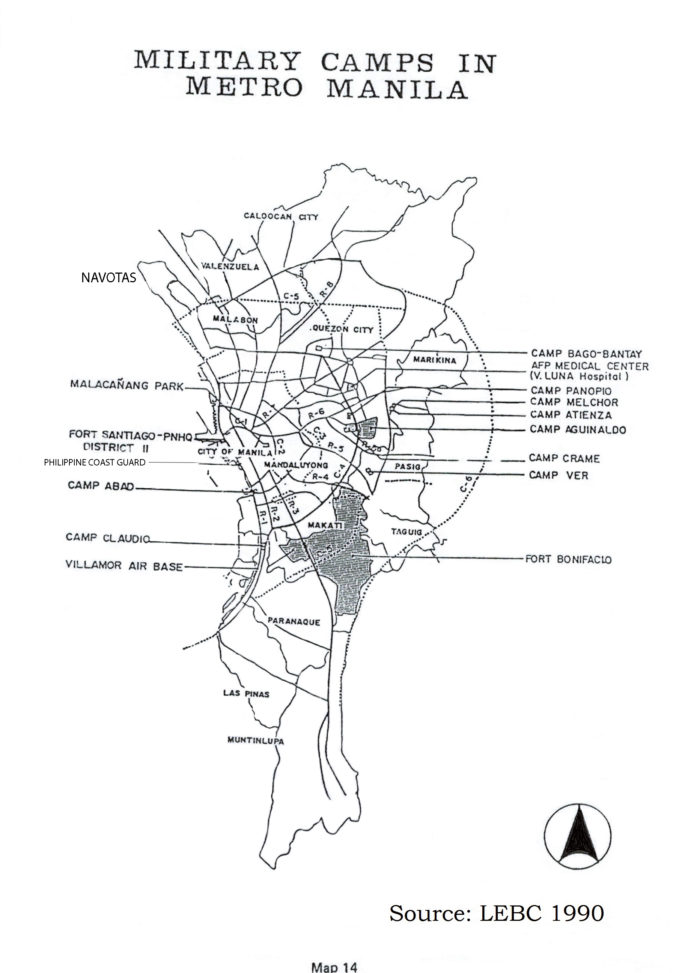
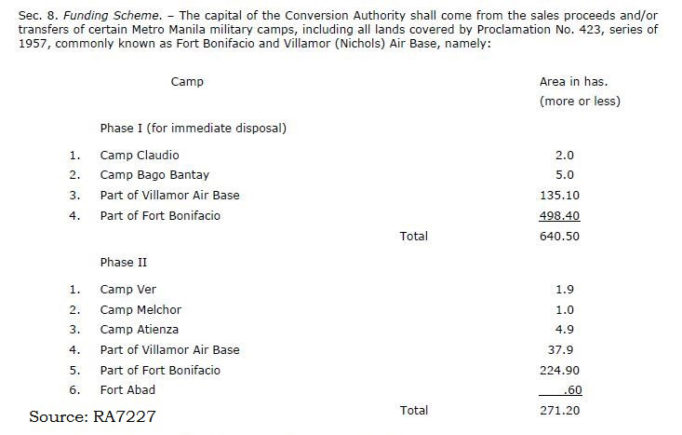
Sen. Rodolfo Biazon, a former AFP Chief of Staff, stated in Senate Bill 34 S-2010, “BCDA was created by a Government that was apprehensive of its own Armed Forces.” Likewise, in a paper Arnel Paciano D. Casanova, BCDA President (2010-16), wrote for the book Special Economic Zones in Asian Market Economies, he stated: “The military camps in Metro-Manila were occupied by AFP, not by US military forces. The series of coup attempts against the Aquino regime convinced the public, policy-makers, and security analysts that the presence of major military camps and operating units in Metro-Manila served as a national security threat.
These camps were considered prime real estate as they were located in business and commercial districts. Coupled with the need to generate funds for the conversion of the US military bases, the Aquino administration saw the sale and privatization of these camps, and moving the major operating units of the military outside Metro-Manila, away from the seat of political power and business districts, as a viable source of development funds.”
The last major coup was way back in 1989. Some of the anti-government troops came from camps in Manila. Filipinos handed these same troops flowers in 1986. But since they are perceived as a security threat to the seat of government, the AFP camps in Metro-Manila became additional drops in the bucket of the vast thousands of hectares of former American bases. Could this be the real reason why Fort Abad –which the law AGAIN wrongly described to be only 0.6 hectare– is not spared?
WHAT IS THERE TO GAIN? What can be bought from sales proceeds of Fort Abad? In 1993, the 214 hectares of Army area now called Bonifacio Global City was sold at Php33,283.88/sqm. Then 17 years later, the former 34.5 hectares of JUSMAG housing area had an appraised value of only Php19,000/sqm and got the highest bid of PhP31,111/sqm in April 2010.
Also, on 04-May-2010, the 33.13 hectares in Bonifacio South which includes the 21 hectares of Marine Barracks Rudiardo Brown was given away in a 4-hour deliberation, 6 days prior to the elections, for a Php32,501/ sqm unsolicited bid. The succeeding BCDA board even contested this baratillo fire sale but lost in a 3-2 decision in the Supreme Court.
How much is the commercial value of Fort Abad compared to the latest real estate deal in the Reclamation area? It can be sold at Php100,000/sqm or even at an incredibly high Php200,000/sqm.
At Php200,000/sqm it will gross Php2.4B and the AFP gets 35% or Php840M. Pay 20% upfront and settle the balance in 5 years. A much better route would be a joint venture or lease arrangement so that the government will not lose ownership of the property. There are countless novel options. If Fort Abad is sold, HQ Philippine Navy and its support units will then transfer and eat up a sizable area of the only repair, maintenance and logistics facilities at the 30-hectare Fort San Felipe.
Where will the Philippine Fleet headquarters transfer if Sangley is privatized? Will modernization suffer if we do not privatize this 1.2-hectare land called Fort Abad? All I can say is, “Tell it to the Coast Guard.” The Coast Guard was granted a Php8B modernization fund with more coming without losing any precious real estate.
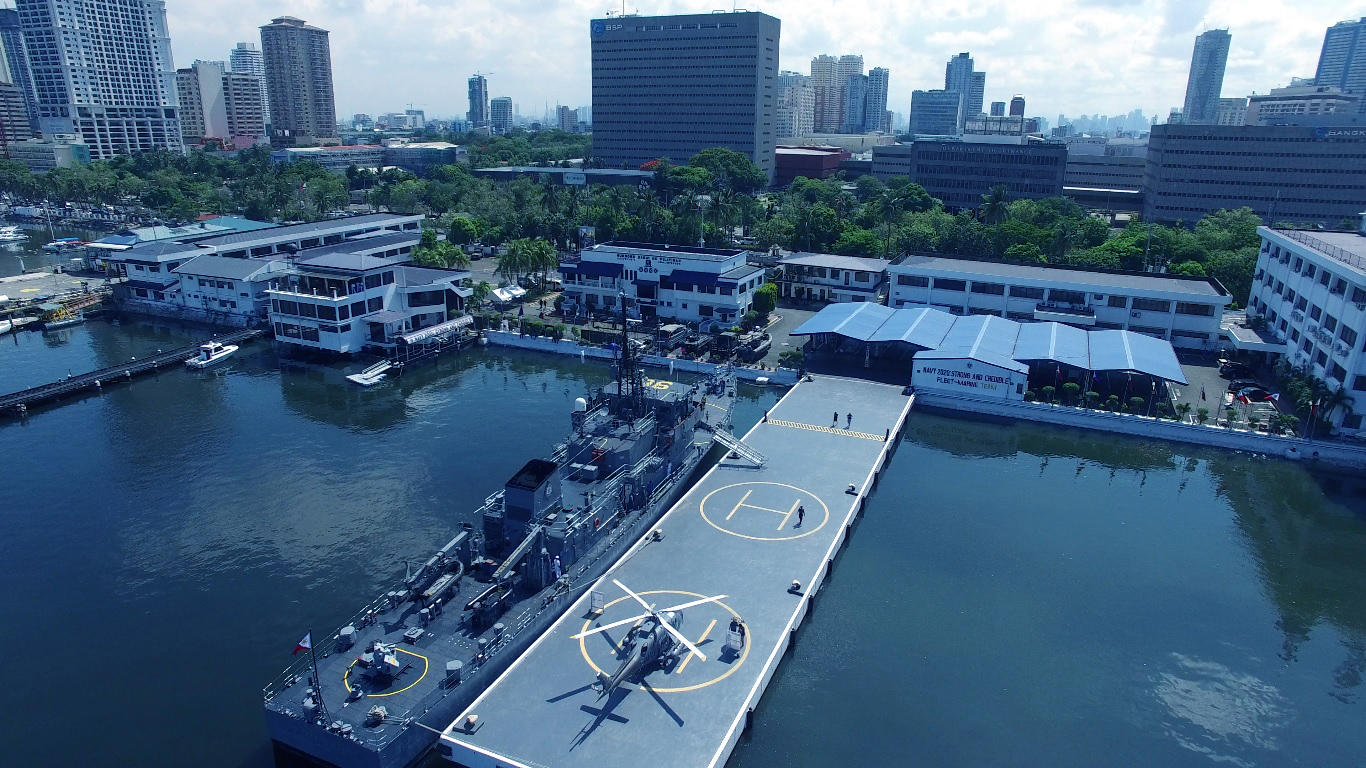
HQ Philippine Navy, with helipad in the rear
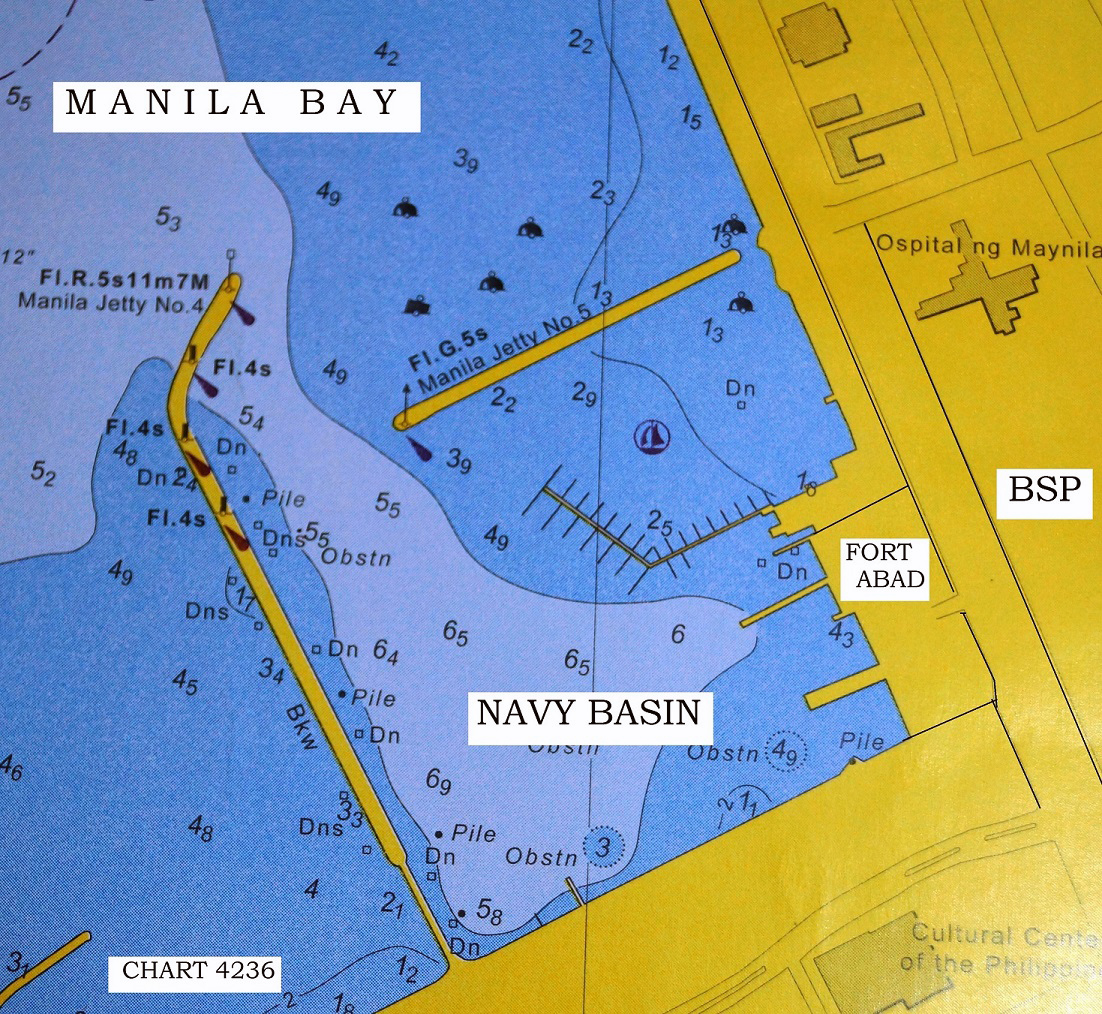
The overly optimistic hypothetical Php840M proceeds from the sale of Fort Abad would only be enough to fund the relocation and replication cost of HQ Philippine Navy and its support units (without accounting for the cost of land that it will gobble up in Fort San Felipe). The Php840M will not even afford to buy another Strategic Sealift Vessel. It can buy one gunboat with no missile.
Why sell real estate only to spend the proceeds to relocate Navy units to another already crowded Navy site? In its report, from 1992 to 2016, BCDA was able to generate Php72B. About 35% or Php28.5B went to the AFP, out of which, Php13.984B went to modernization and Php11.38B went to replication. Thus, 40% of the AFP share went to replication. In the case of a small and densely occupied area such as Fort Abad, the AFP share will not even cover relocation and replication costs.
WHAT IS THERE TO LOSE? Why should the Navy retain Fort Abad? The answer lies in the fact that the Spanish Navy took pains to select a strategic location for “Fuerte de San Antonio Abad” in honor of its patron saint, St. Anthony the Abbot, that served as the rear support base to the seat of government. This explains its unique and most coveted location. Only the US-chosen site for the present US Embassy compound can rival the strategic location of this saint-anointed fort. As in the real estate business, the three main criteria for bases development are location, location and location. Political administrations and priorities change every 6 years. But geography and the need for a Navy remain the same.
The 1.2-hectare Fort Abad is worth more than an aircraft carrier. It is an unsinkable ship where the national ensign proudly flies alongside the commission pennant. Its strategic location is its precious access both to the ships at sea and to the seat of government. Most important for the Navy is its access to the sea. The Navy Basin is a 24-hectare body of water protected by breakwaters with an average depth of 5 meters at mean lowest low water. It has 2 piers, one of which can also serve as helicopter landing. Neither mathematical formula nor financial projection could determine its worth.
The strategic importance of Fort Abad as a Navy installation has been there since the 16th century. For centuries to come, it can be home of the Filipino sailors and marines. It is the future of the Philippine Navy itself. The fallacy that it is dangerous to have the military at the doorstep of the seat of government has been debunked by events since 1992.
Many will think that I am just being sentimental. So let me objectively widen the horizon by examining other ASEAN Navies. Can anyone explain why the Royal Thailand Navy is in Bangkok or why the Indonesian Navy is in Jakarta or why the Malaysian Navy is in Kuala Lumpur? They are all located at the seat of government. The rationale is that these Navies can transfer to their much wider operating bases outside their capital. And, their bases are more modern and much bigger than our Fort San Felipe.

HQ Philippine Navy Pier
NOT AGAIN! In 1965, the Navy vacated Manila Naval Station since the reclaimed area adjacent to its Headquarters at Fort Abad was designated as the relocation site. Relatedly, on 25-October-1965, PP478 was issued to segregate 53.7 hectares from PP461 for the Veterans Federation of the Philippines (VFP).
Unable to transfer its units to the proposed area, which is now the site of the Cultural Center of the Philippines, the Navy had to make do with the area that the VFP opted not to occupy.
About 50% of the PP478 area is partly occupied by the Navy Officers Village and partly by the Navy parade ground (which is the only parade ground of Navy ROTC midshipmen in Metro-Manila). The other half of PP478 is occupied by squatters, which are difficult to evict. PP478 has already segregated this area from PP423 S-1957 (Fort Bonifacio) but BCDA had claimed jurisdiction over it and had also advertised its sale.
In 1990, LEBC recommended that all major services headquarters would be consolidated in Camp Aguinaldo. Thus, Fort Abad was identified as one of the camps to be privatized. Furthermore, 70 hectares was allocated for Navy units at the former Cubi Naval Air Station in Subic. RA 7227 included the privatization of Fort Abad but excluded the relocation site at Subic. LEBC defined the relocation sites but RA 7227 was silent on the relocation sites of AFP camps to be privatized.
RA 7898 (AFP Modernization Act), which was passed on 23-February-1995, included the bases and systems support development as one of the 4 key components of modernization. It called for submission of an AFP Modernization Program within 90 days for approval in a Joint Resolution by the Senate and Congress. As a result, the relocation sites of all major services headquarters were identified (not in Camp Aguinaldo per LEBC’s plans).
Yet, after more than 20 years, not one branch of the AFP has moved. There must be a strong rationale why this part of the program is not being implemented. The plans still remain as plans. The Army is still at Fort Bonifacio, the Air Force is still at Villamor Air Base, and the Navy is still at Fort Abad.
AMENDMENT OF RA 7227 WILL BE THE MOST ENDURING LEGACY OF RA 7227 AND BCDA TO AFP MODERNIZATION. The Navy deserves a break. 24 long years have passed since the enactment of RA 7227. The relevance of Fort Abad has not changed. It saw history and survived for over 5 centuries.
The inclusion of Fort Abad was based on a fallacy. No significant fund contribution to the AFP Modernization Program will be lost if RA 7227 is amended to remove the 1.2-hectare Fort Abad from it. With HPN retained at Fort Abad, the Bonifacio Naval Station will not lose its reason for being.
As regards Bonifacio Naval Station (BNS), unknown to the entire Navy, Presidential Proclamation 284 was issued on 08-November-2002 showing BNS Lot 1 (site of BNS Headquarters and Navy support units) and Lot 2 (now Bonifacio Heights) for AFP housing under the administration of HUDCC.
PNoy’s SONA in 2010 included the sale of Navy real estate in Metro-Manila so that we could buy ships. The Navy adhered to this policy pronouncement and conducted a study on how to best privatize its camps. But as a result, no plans for modernization of the Navy camps in Metro-Manila have been formulated.
BASES AND STATIONS DEVELOPMENT IS THE MORE STRATEGIC AND ENDURING COMPONENT OF AFP MODERNIZATION.
Fort Abad, Fort San Felipe and Bonifacio Naval Station form a trinity from which the strength of the Philippine Navy emanates. The Chinese have built bases, “unsinkable aircraft carriers” in the West Philippine Sea. Yet, here we are selling our own, our jewel unsinkable aircraft carrier, in exchange for money.
The loss of Navy camps will be irreversible. In 50 years, the ships bought out of the sale of Navy camps will be long gone.

HQ Philippine Navy. Photo Credit: Ramon Velasquez
The earlier amendments to the BCDA law only covered the percentage share of various agencies from the financial proceeds. Although BCDA has made a major contribution to AFP modernization, the memory and contribution of BCDA specifically to naval modernization will be more cherished if RA 7227 is further amended to exclude the sale of Navy stations in Metro-Manila.
The Philippine flag and the commission pennant freely fluttering in the seat of government for the Filipino nation to see will be the testament to this most enduring RA 7227 contribution.
